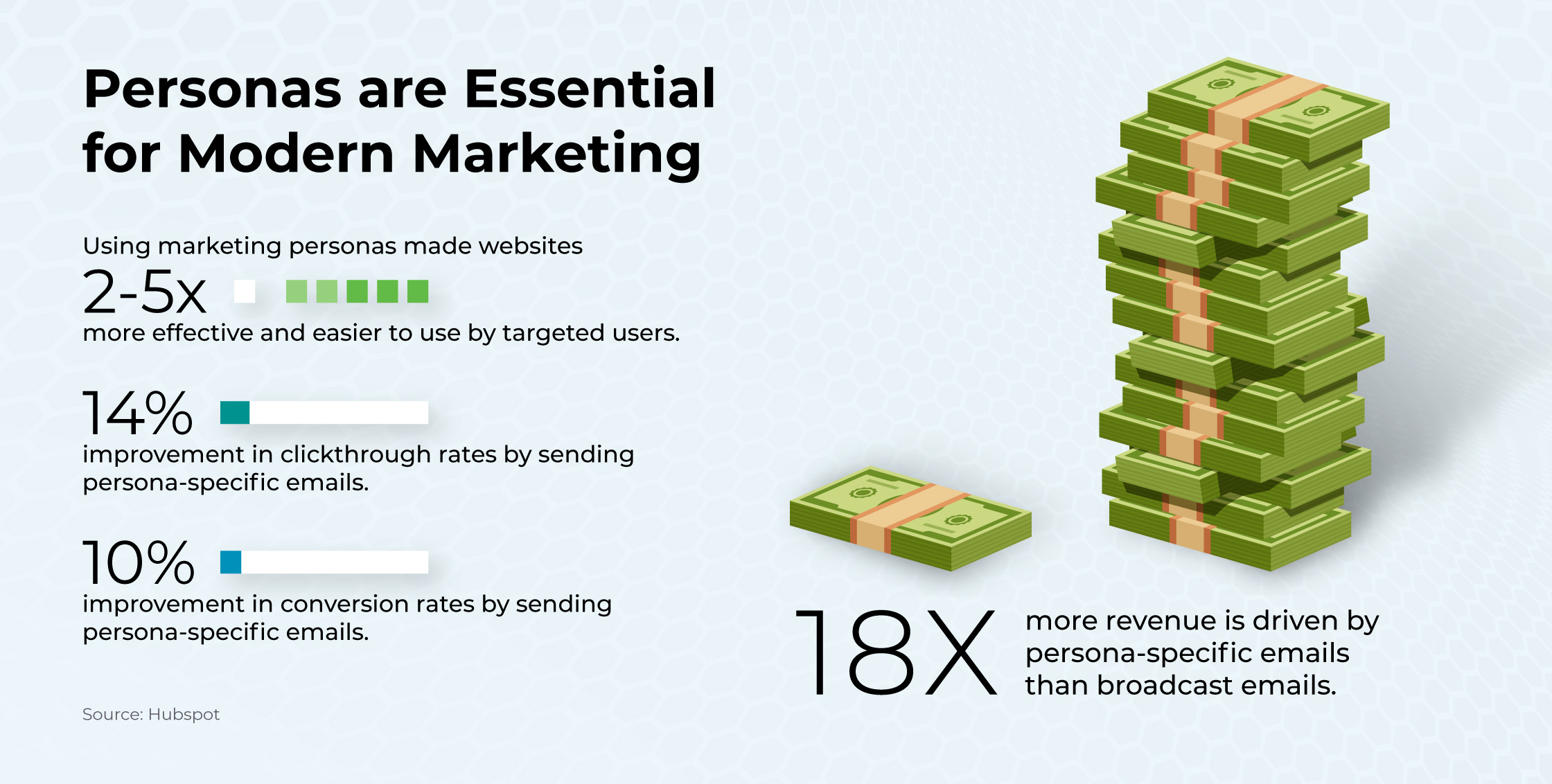
Over the past several years, the marketing landscape has taken some hits.
- The decline of live, linear television (and its unprecedented reach)
- The completion of Core Web Vitals for Google SEO
- Major iOS privacy changes and increasing data protection regulations
- And let’s not forget the sunsetting of Universal Analytics and introduction of GA4, which brought the death of third-party cookies.
For any brand leader whose head is spinning in panicked, “What the *redacted* do we do now??” relief is just around the corner. Despite substantial marketplace changes, when it comes to developing a sound marketing strategy, a few basic principles have withstood the test of time.
Recenter your team on marketing first principles.
One foundational aspect of that recentering will invariably be assessing and optimizing your marketing mix. Today, we’re covering:
- What is a marketing mix?
- What are the 4Ps of marketing?
- How to use the 4Ps of marketing
- Other marketing models to consider.
What is a marketing mix?
The term ‘marketing mix’ refers to everything a company can do to influence its target market and achieve its marketing objectives. Did you notice that “everything a company can do” part? That means successful marketing is not simply a collection of channel-specific content strategies.
Performance marketing results are heavily impacted by the degree of integration or separation that exists between the marketing team and other strategic decision makers in the organization.
But we’ll get to that in a minute… First, let’s explore the primary subset of your marketing mix: the 4Ps.

What are the 4Ps of marketing?
There’s nothing like a bit of alliteration to help the brain remember certain concepts. And that’s exactly what marketing professor, E. Jerome McCarthy, offered us when he provided the 4Ps concept in his book, Basic Marketing: A Managerial Approach:
- Product
- Price
- Placement
- Promotion
Think of marketing mix as your brand’s strategic umbrella, and the 4Ps as essential elements housed under that umbrella.
If just one of these umbrella elements is a bit off, your entire plan is at risk of failing.
While making decisions related to the product, price, placement, and promotion elements alone may seem easy enough, most brands overestimate the degree to which they’ve effectively integrated consideration of ALL P’s into individual decisions.
Let’s clarify where each P places its emphasis.
Product
Your product (whether goods or services) is the thing you’re selling to satisfy a need or demand, either among general consumers (B2C) or to other businesses (B2B). Have you created a product that solves the customer’s product in the way they want it solved?
Lesson #1 – You need to know your customer much, much deeper than you think. And that “knowing” needs to be validated by data, not just anecdotes, instincts, or approximations.
Price
There’s a lot more that goes into finding the right price point for your products or services than meets the eye. Generally, it’s a careful balance between what it costs to develop and deliver it, and what customers are prepared to pay.
Lesson #2 – Back to the data… Confirm that the price is right.
Placement
Today’s brands have more choices than ever when it comes to deciding where to sell and how to distribute a product.
Note: Many eCommerce brands experience a fusion of the Placement and Promotion P’s when end-to-end transactions happen in the same environment.
Marketing placement options include:
- Online resellers
- Your own website
- Affiliate websites
- Social marketplaces
- Search shopping
- General retail stores
- High-end specialty stores
- Mail-order catalogs
- Franchises
- Wholesale sellers/third-party sellers
Lesson #3 – Figure out where your customers are already hanging out and create a plan for consistently engaging them there.
Promotion
Whether you’re using a product-based marketing strategy or a consumer-centric marketing strategy, or a mix of both, will influence how you go about selecting how to promote your product. However, there are two universal truths that all brands need to consider here:
Multichannel marketing campaigns aimed at creating brand awareness might include:
- Paid search banner ads
- Social media ads
- PR campaigns
- TV commercials
- Event promotions
The list is endless and the location mix you choose will likely change over time, but the decision of the moment must always tie in tightly to what you know about the other Ps.
Lesson #4 – Your multichannel promotion strategy should direct 50% of your budget toward brand awareness.
In case you’re thinking the 4Ps are above the head of a marketing partner…
At first blush, someone might be confused about why you’re reading about the 4Ps on a marketing collective’s website.
- Isn’t this a topic better suited for a brand’s internal leadership team?
- Isn’t it a bit presumptuous for your marketing partner to insert themselves into conversations about pricing and product?
Your marketing partner needs the chops to function as a strategic business partner.
Humble brag: This is part of what makes Apiary so special. Our talent bench is filled only with seasoned industry experts with an average of 12 years’ experience. We support client-partners with strategic business decisions to drive marketing and sales performance, while also sending marketing insights back to impact product, pricing, and operational decisions.
Why Your Marketing Partner is Strategic Partner #1
Do you have a marketing vendor or a strategic marketing partner?
(Hint: You need the latter.)
How to use the 4Ps of marketing
To get the most from the 4Ps model, you need two additional components:
1. Persona details
2. Competitor details
Why Persona Analysis is essential for the 4Ps
Personas is another term for the various segments of your audience. Most brands have more than one persona, which is why creating distinctive experiences for each segment is one of the first optimizations we recommend.
Deeply understanding your personas requires:
- Demographic and psychographic details
- Analyzing what media they consume and how
- Understanding the customer journey they’re on vs the one they want, etc.

Making the right decisions for your product, price, where you place your product for sale, and how you promote it, depends on knowing your target audience and building a relationship with them over time.
Successful persona management requires patience and careful tracking because audiences naturally iterate and evolve.
With good sales data, diligent research, website traffic, and other resources, you can develop an initial persona snapshot and test it through short, simple campaigns. This will help to build out a fuller, more long-term picture.
Once you know your personas well, you’re in the right place to understand:
- Will they like my product?
- What sort of price can they tolerate?
- Where is the best place to make it available to them?
- What promotional strategy, ad placement, and awareness campaigns should I use to guide them to buy there?
- What alternatives are they considering? And that leads us to…
Why Competitor Analysis is essential for the 4Ps
Focusing on the particulars of your product/service and not considering how it sits inside the wider marketplace context is another major performance miss.
We don’t analyze competitors because we lack our own ideas. We do it to deepen our understanding of what prospects are experiencing (they’re most certainly seeing what competitors are doing/saying) and to identify opportunity gaps just waiting to be leveraged.
Apply the four Ps to the following set of questions:
- What differentiates my product from my competitors’?
- How does my pricing strategy align with the market?
- Where are my competitors selling and is that the right place for me?
- Do I have the right promotional budget to build brand awareness and compete?
Once you have this information in hand, you can begin to assess your marketing mix by following these simple steps:
Step 1: Select the product or service you want to test.
Step 2: Go through the questions above and see how your product stacks up.
Step 3: Use our ROI calculator to test your answers. It’s easy to use and gives you clear performance answers based on your inputs.
Step 4: Remember that this is not a one-time activity. Continue to challenge your ideas around the 4Ps and keep testing. Use our ROI tool to test your theories with different numbers, and inform key decisions on where/how you align your budget with the 4Ps.

Marketing conditions are constantly changing, which often means making regular updates to your product, revising your pricing strategy, selling across other channels, and promoting in new places.
While complex, marketing performance is also easily clarified with simple algebraic formulas. We use the Marketing Math in our ROI calculator to help client-partners cultivate the right marketing mix.
Other marketing models
Over the years, several astute marketing professors have come up with models and techniques aimed at demystifying the art of marketing. Many of the most popular models overlap with the 4Ps and complement it nicely. Others expand on it or provide customized versions for certain segments.
While the 4Ps can apply to almost every scenario, here are a few other models you might want check out:
- Boom and Bitner’s 7Ps: This is the 4Ps plus three extra—processes, people, and physical layout.
- Lauterborn’s 4Cs: This is essentially a retelling of the 4Ps with a different alphabet letter. Customer needs, cost, convenience, communication.
- The 6Cs: This adds to the 4Cs with community and content.
It’s probably no coincidence that the P-models typically support a product-based B2B marketing strategy. And the C-models tend to be more helpful for a consumer-centric marketing strategy using insights and perspectives from the behaviors of new and existing customers.
Plug your last campaign’s numbers into our Marketing ROI Calculator and see for yourself.
TL;DR on Marketing Mix
- Marketing mix and the 4Ps is a methodology from the 1960s referring to product, price, placement, and promotion.
- Marketing efforts often fail when these four elements are not fully aligned.
- Effectively utilizing the 4Ps framework requires a thorough understanding of your audience and marketplace competition.
- Our ROI calculator is a great tool to help you test the validity of your 4Ps.
- Other tools are available to complement and expand the 4Ps, depending on whether you’re following product-based or consumer-centric marketing.








